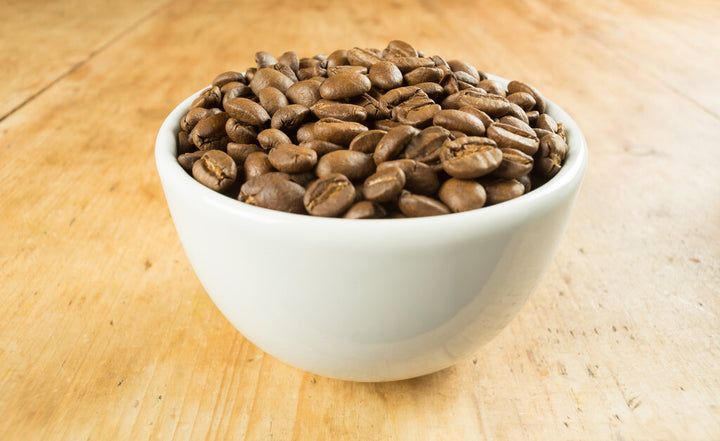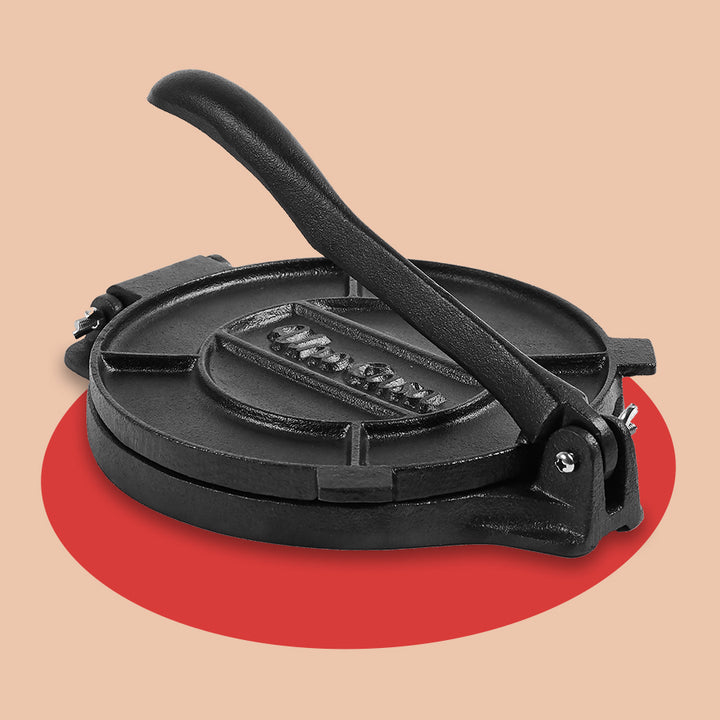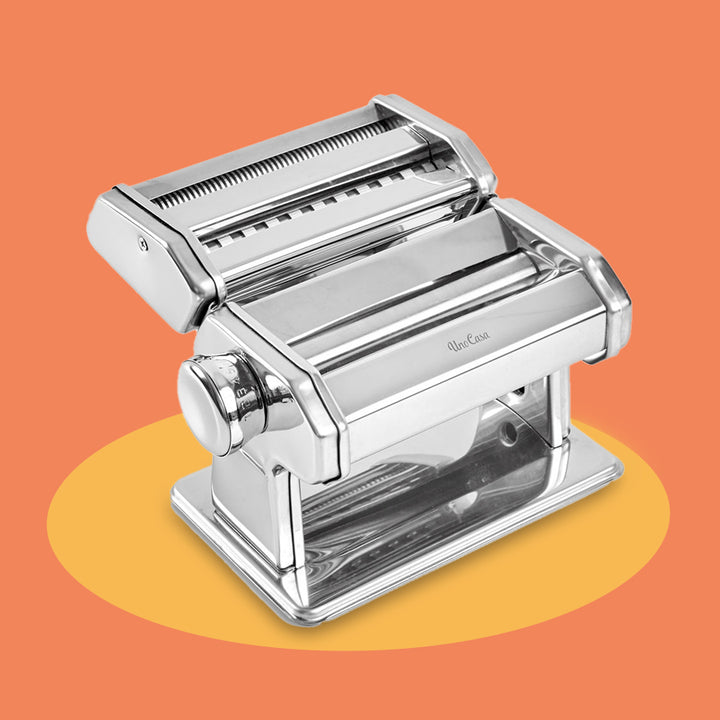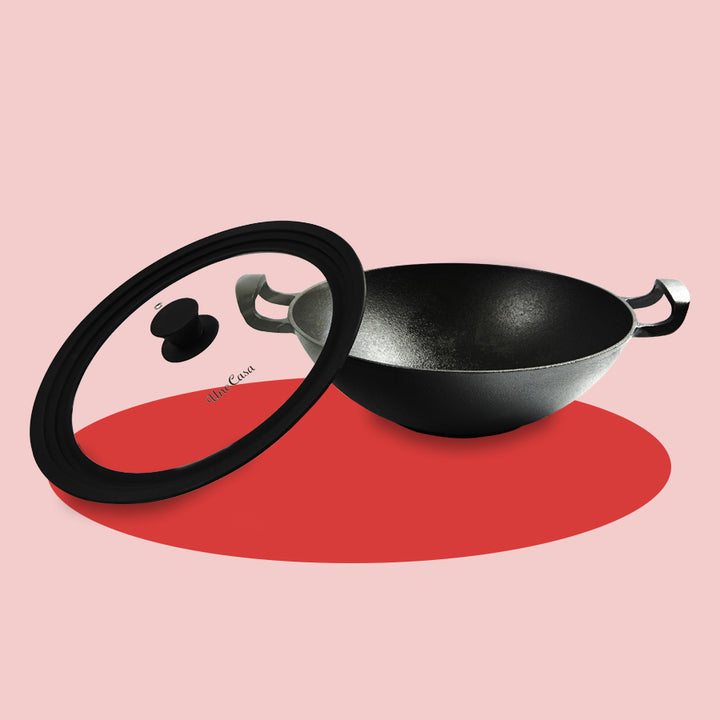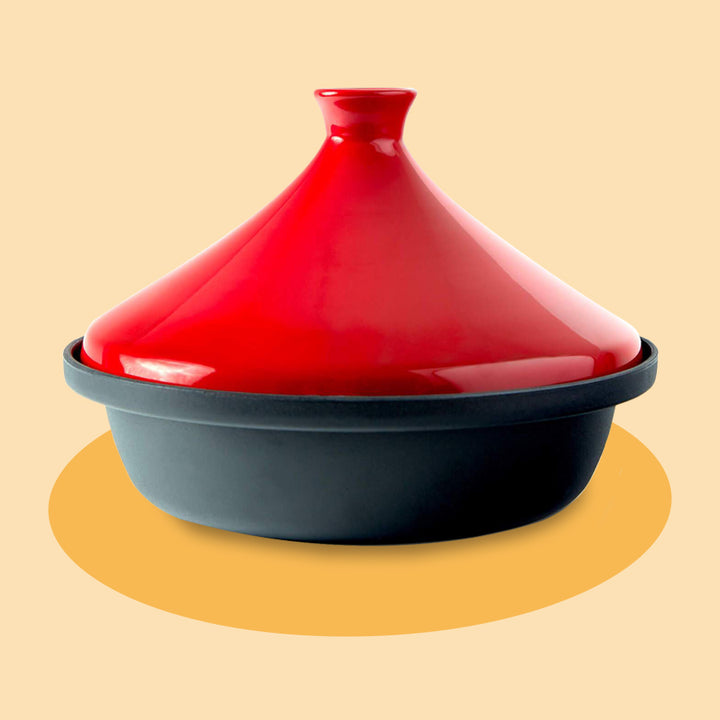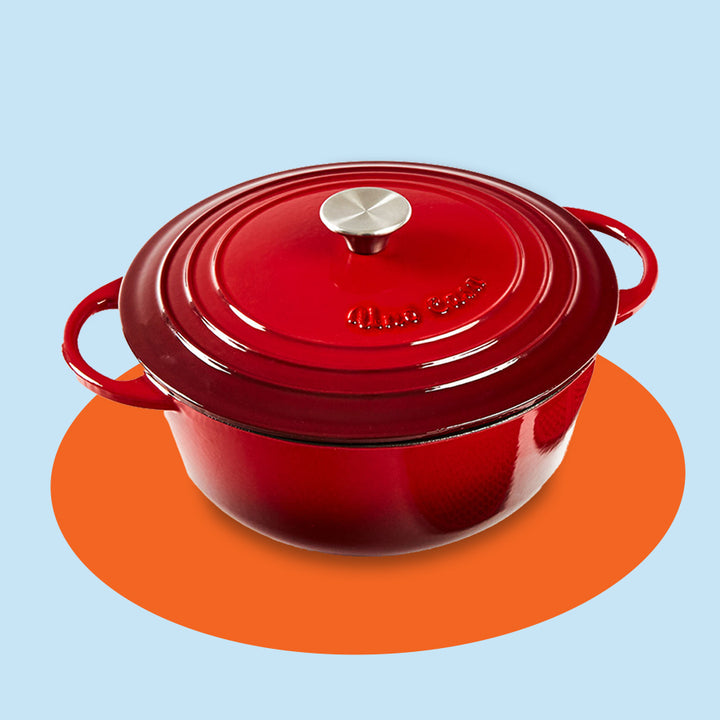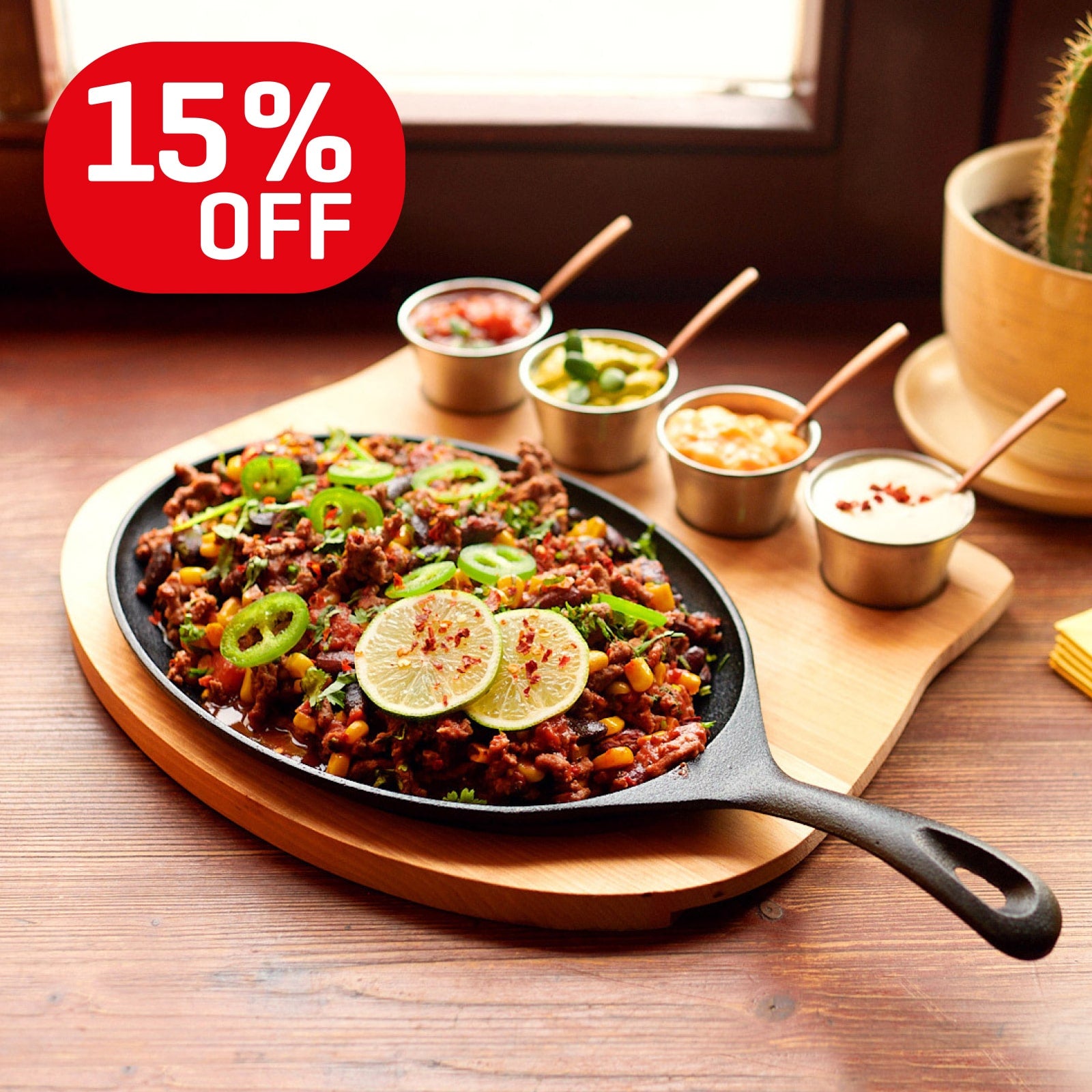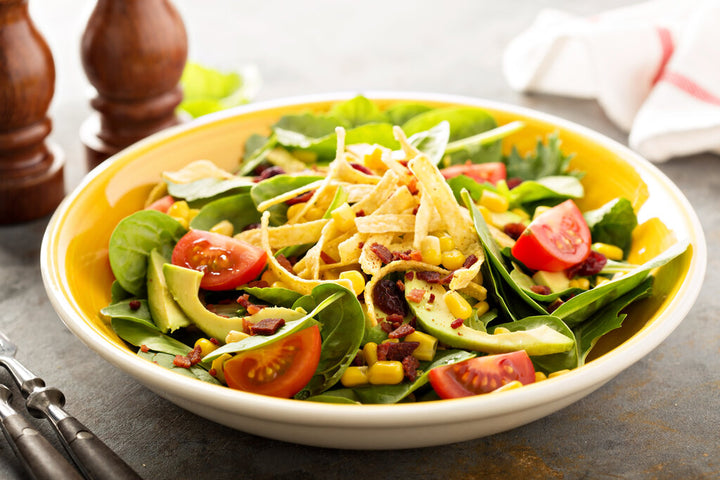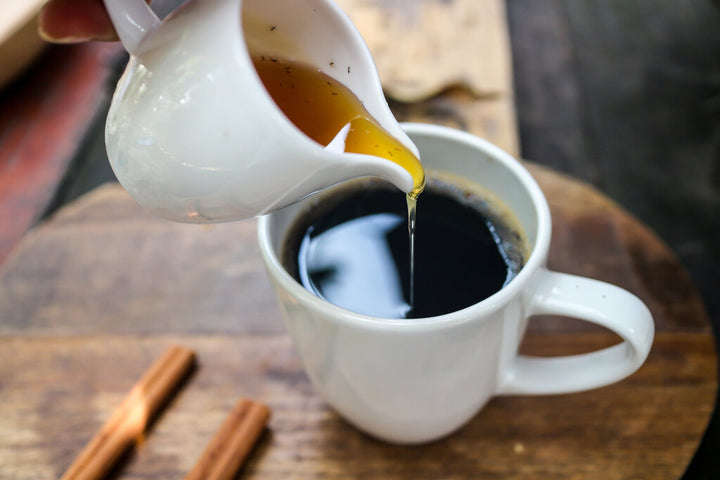How to Restore and Season Rusty Cast Iron: The Ultimate Guide

Cast iron pans are highly regarded in the cooking community for their longevity and great results, but they also require a bit of special care due to the nature of cast iron.
If left to their own devices or misused, cast iron can easily fall into disrepair and become cracked or rusty. Fear not! Many home and professional chefs have found themselves in this position before and your rusty cast iron is absolutely NOT garbage. It just needs a little bit of help.
Restoring cast iron is relatively easy when you know what to do. The timeless piece just needs some simple tools and good old-fashioned elbow grease.
Whether you were passed down a pan that has seen better days, found a beautiful vintage piece at a flea market in rough shape, or simply stored your pan in a musty box in the basement for a few years, we will teach you how to restore cast iron it to its former glory.
Rust is not as severe of a dilemma as a cracked pan. It will take a little bit of work and some inexpensive supplies you probably already have hanging around your home. Learn how to clean a rusted cast iron skillet or pot by following the simple steps below.
Determine the level of rusting
Some pans will just have some surface-level rust on cast iron in a few spots, which is commonly referred to as profile rusting. If you have a pan with mild rusting skip to the next step.
If your pan is covered in severe rust over the majority of its surface we suggest you start with a vinegar soak.
Vinegar Soak
What you'll need:
- Equal parts water and vinegar
- A basin or bowl large enough for your pan to be submerged
- Steel wool
Instructions:
- Fill your sink with an equal part mixture of tap water and white vinegar.
- Fully submerge your pan in the solution, and leave it to soak. The rust will start to dissolve and loosen. You can soak a pan this way up to 6 hours, but it may only take an hour or two, depending on the level of rust on your pan.
- Check in on the pan often and see how it has progressed.
- Remove your previously rusty pots and pans from the solution as soon as the vinegar has done its job as the vinegar can start to damage the pan if left to soak too long.
- The rust may be loosened enough that you can just put the steel wool directly on the pan and scrub inside and out.
- Rinse and dry well
Removing rust from cast iron
Normally, taking steel wool, a scrub brush, or a scrub pad to your cast iron would be the death of the seasoning. You must compromise the seasoning on your pan temporarily in order to get rust off cast iron. Try to avoid using a copper scrub pad as it may still be too harsh and damage your cast iron.
There are a few different methods for a restoration process, besides the vinegar method, that will remove the rust from your cast iron skillet:
1. Vinegar Method
See above.
2. Dish Soap Method
What you'll need:
- Mild dish soap and water
- Steel wool
Instructions:
- Add some mild dish soap and water to the pan.
- Scrub rusted areas with steel wool.
- Rinse and dry well.
3. Baking Soda Method
This one works great for less severe cases of rust, as baking soda makes a great mild abrasive.
What you'll need:
- A few pinches of baking soda
- Water
- Scrub brush
Instructions:
- Sprinkle baking soda inside of the pan.
- Add a little bit of water and mix with the soda to form a paste.
- Use a scrub brush to rub the paste into rust and remove it.
- Flip pan over and repeat.
- Rinse and dry thoroughly.
4. Coarse Salt Method
What you'll need:
- 1/2 - 1 cup of coarse salt
- Scrubber or a towel
Instructions:
- Pour 1/2 - 1 cup of coarse salt in the bottom of the pan, depending on size.
- Take a scrubber or a towel and rub thoroughly, concentrating on rusty areas.
- Flip over pan and repeat.
- Rinse and dry thoroughly.
Clean your cast iron
Your rusty cast iron has been restored to its original glory. The time has come to start over again from scratch. No matter the method you used to remove the rust, you will need to give your cast iron a thorough cleaning.
Wash your pan with mild dish soap and a soft towel to remove any leftover particles of rust, salt, baking soda, etc. Then, take a clean dry dishtowel and thoroughly dry the pan.
Towel drying is one of the most important steps in preventing more rust in the future. Moisture is not this pan's friend!
Seasoning your cast iron pan
The great news is you have now fully removed the rust from your cast iron cookware. The process of removing all of that rust will have effectively removed, or greatly disturbed, your cast iron seasoning. Luckily, re-seasoning your pan isn't as difficult as it may seem.
How to season cast iron:
- Take your clean, dry pan and rub a thin layer of vegetable oil or shortening on the cast iron. Don't forget to cover the outside and handle of the pan. The cooking oil you use is very important in this process. Do not use olive oil as the smoke point is too low and it will burn. Unsaturated oils, like canola or flaxseed, are best as they polymerize (combine) to the metal more easily.
- Lightly rub any excess oil away with a towel or paper towels.
- Take your pan and place it inside of your oven, upside down on your upper rack. Place a piece of aluminum foil or baking sheet on the rack below the pan to catch any oil that drips as it bakes.
- Heat the oven to 350°F and bake for 1 hr.
- Turn off the heat. Leave the pan inside the oven until it cools. (This prolongs the heating a little bit more and helps the polymers to form.)
- Remove the pan from the oven.
- Repeat the process. You should do this at least a few more times. You will notice the surface on your cast iron will start to look smooth and shiny - this is exactly what you want to see!
A good seasoning will help prevent food sticking and provide even cooking. Here is some more advice about how to season cast iron.
Avoid future rusting
Now that you have a rust-free, fantastically seasoned cast iron pan, you will want to keep it that way for as long as possible. There are a few things you can do to avoid rust in the future:
- Clean your cookware immediately after use
- Don't let it sit on the sink after cleaning, because this increases the risk of bacteria and water spots
- Thoroughly towel dry after every single use/wash, or put it back on a warm stove top and let all the water evaporate.
Check out some other great tips for cleaning cast iron and keeping your set in prime condition!
Can you ruin a cast iron pan?
Yes. Not every cast iron skillet can be restored. If you're dealing with a cracked pan it is likely no longer of use to you. You can take the pan to a welder to repair the crack, but it is a costly process that isn't really worth it in the long run unless you have some serious emotional ties to the piece. Letting go of the pan and purchasing a new skillet is both cheaper and easier to do.
The final word
If your cast iron cookware is rusted there are several ways to solve the problem. Make sure you determine the level of rust and then decide if you want to use vinegar, baking soda, dish soap, or coarse salt. Make sure to clean your cast iron once you're done, and then season it for future cooking. And to avoid future rusting, clean it and dry it properly after use. There's no reason why rust should get in the way of you using your favorite cast iron pot or pan in the future. Simply bookmark this guide, and come back to it when they rust sets in.
Leave a comment
Comments will be approved before showing up.
Also in Tips
